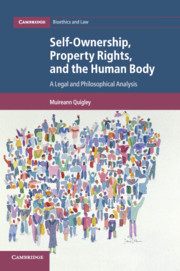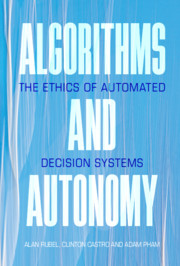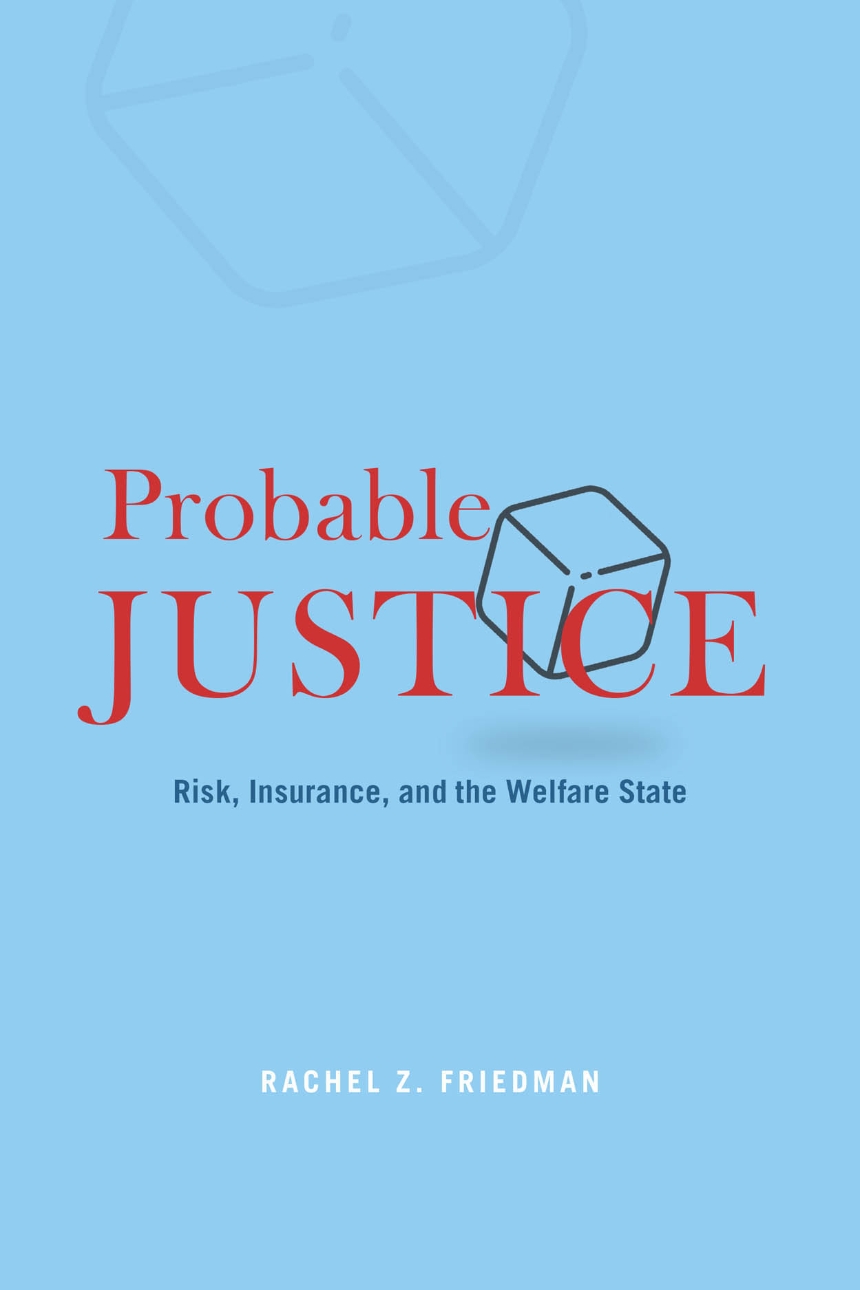The Dahlgren-Whitehead model of health determinants: 30 years on and still chasing rainbows
From the authors review:
Reflection on the past 30 years has helped us identify where to go from here, to develop the model so that it is adapted to the burning issues of the day. First, we need to find ways to better illustrate the vertical links between the social, economic and cultural determinants of health and those of lifestyle. This is needed to reinforce the point that many lifestyles are structurally determined. There is a common, flawed assumption that the lifestyles of different socio-economic groups are freely chosen, ignoring the reality that lifestyles are shaped in important ways by the social and economic environments in which people live.
Second, there is a current debate about the importance of the commercial determinants of health and whether they have been neglected by the public health community, including a critique of these not being given sufficient prominence in the Dahlgren and Whitehead model (Maani et al., 202015). By ‘commercial determinants’, Maani and colleagues refer to factors that adversely influence health, which stems from the profit motive; the examples they give concentrate on the strategies of tobacco, alcohol and food and beverage producers to promote their products. While we acknowledge that the impact of commercial interests should always be analysed, we deliberately do not define ‘commercial interests’ as a determinant in its own right to be included in the rainbow model. In a rebuttal to Maani and colleagues, we explain how we consider profit-driven commercial interests as ‘driving forces’ that are related to almost all determinants of health except genetic factors.













